Environmental Engineering Reference
In-Depth Information
change (Demsetz, 1967). Demsetz provided a classic example of economic
reasoning driving property rights changes in relation to land following
the opening of the fur trade. Since the existing property rights arrange-
ments could not guarantee the maintenance of minimum stock required to
conserve fur-bearing animals, private property rights over land resource
emerged in response to this economic change to generate long-term com-
mercial gain (Wang, 2001).
The distribution school, on the other hand, emphasizes the role of
economic actors in changing the property rights structure of any par-
ticular resource system. This school argues that distributional issues can
complicate the process of evolution of new systems of property rights
since ei ciency of improvement is blocked by distributional inequality.
Built upon a perceived weakness of the economic school, the distribution
school recognizes that distributional issues can complicate the process of
property rights evolution (Wang, 2001). Shifts in the political inl uence
of potential claimants can lead to the transformation of property rights.
The agents who benei t from such a change have a larger stake in new
systems of property rights and therefore have a greater incentive to act
in favour of such institutional change. However, the same change has a
corresponding disincentive ef ect on the other agents whose endowments
have been reduced. Economic inequality among competing resource users
may give rise to conl icts and can severely block any institutional response
to CPR problems. Libecap (1989) argues that distributional conl icts
inherent in any property rights arrangements, even those with important
ei ciency implications, hinder the adoption of new institutions. In criticiz-
ing the economic school as being naive and single-minded in emphasizing
the 'demand side of institutional change (that is, gain from the change),
the distribution school correctly points out factors such as distributional
conl icts on the “supply side” can block property rights change' (Wang,
2001, p. 419).
Understanding institutions and institutional change is therefore a
prerequisite for optimal policy prescription. Since an institution creates
a social equilibrium, institutional change is thus a move from one equi-
librium to another. The success of institutional change in this regard can
be judged by whether this equilibrium is able to establish stable human
expectation with respect to the use of scarce resources. What is critical
in this regard is whether the very notion of dif erent forms of institutions
for CPRs is understood while creating and enforcing new institutions for
sustainable resource management. From the perspective of institutional
approaches to resource management, Libecap (1989) suggested that
common pool losses are the primary motivation for contracting property
rights (institutional change). Libecap further hypothesized that, all things

